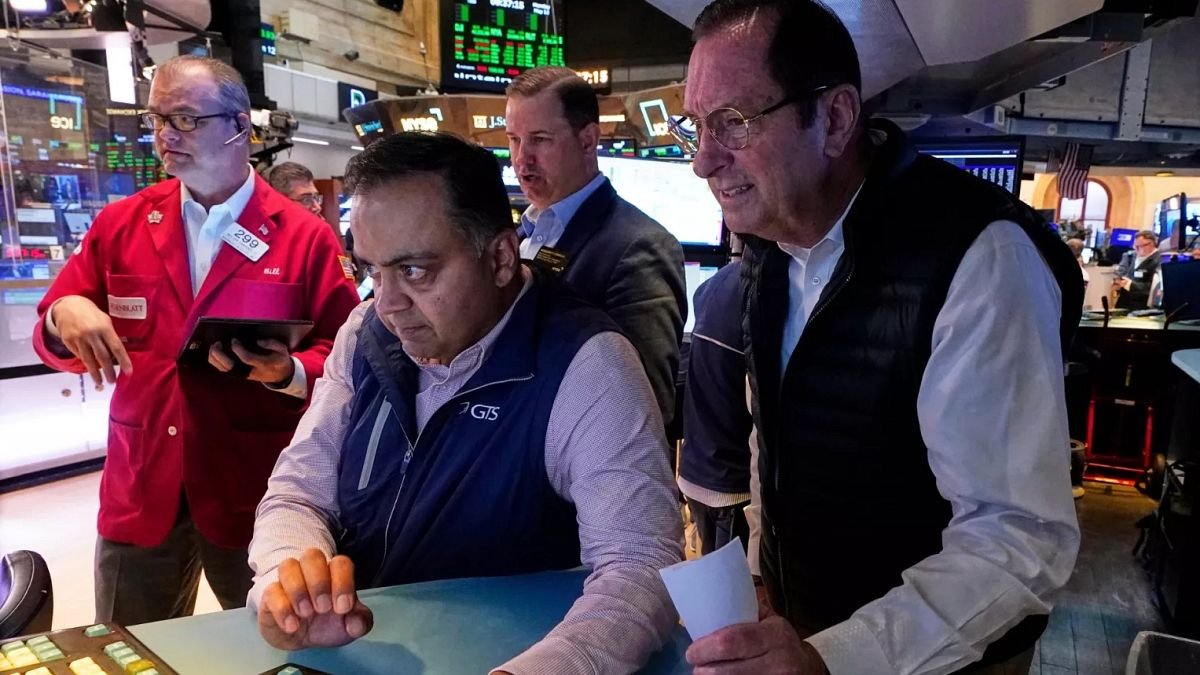LONDON/SINGAPORE, Oct 14 (Reuters) – China is locking in steps to shape the pricing of the vast quantities of industrial metals it produces and consumes, with moves to attract foreign firms to trade on Shanghai’s futures exchange, which would eventually fragment global markets.
After buying mining assets around the world over the past two decades to secure metals needed for industrialisation and more recently to meet its carbon emissions targets, China now wants a bigger say in how prices of those metals are determined.
But it has lost market share in metals futures trading and needs to persuade international investors to use the Shanghai Futures Exchange (ShFE), according to interviews with more than 10 brokers, traders, analysts, risk managers and consultants with direct knowledge of ShFE’s plans.
If successful, the push would help give Shanghai’s contracts benchmark status and upend the system for reference prices of industrial metals in place since 1877 when the London Metal Exchange (LME) started life above a hat shop in London.
ShFE benchmarks would eliminate the need for Chinese firms to link their physical contracts to LME prices and create a need for foreigners to trade on ShFE to influence reference prices in their contracts, shifting market sway from the west to China.
In recent meetings, the exchange told industry players the plan is high on its agenda and was likely to be put in place soon, but it did not discuss deadlines, two people said.
ShFE did not respond to requests for comment or to questions on timelines, amounts available to invest in this project, the challenges it faces or how success would be measured.
However, state media in June reported Wang Fenghai, general manager at ShFE, as saying: “Only through opening up can we draw in foreign investors, participate in the process of ShFE’s price establishment, therefore enhance price influence.”
Wang added that cross-border delivery capability was an area ShFE would focus on in terms of attracting global participation.
ShFE has told industry stakeholders it intends to expand soon into international metals storage, two other sources with direct knowledge said, bidding to rival the LME’s global network of more than 450 registered warehouses that hold thousands of tons of aluminium, copper and other metals.
“They (ShFE) have a plan, they are coming out, they will list warehouses outside China, … the government wants this to happen,” one source familiar with the exchange’s thinking said.
While the metals industry has known since last year that ShFE plans to line up warehouses offshore, starting in Singapore, its latest comments to foreign firms suggest it is closer than ever to going ahead.
“A real price people want to use needs warehouse stocks the world over,” a source at a consultancy with knowledge of ShFE’s plans said.
Once ShFE makes a firm decision to offer metal storage outside China, the process of registering warehouses would be a matter of weeks if not days, as facilities already exist at ports that see large flows of metals, warehousing sources said.
ShFE will not need regulatory approvals for warehouses that can store metal deliverable against its contracts as long as they are located in free trade zones, so metal can be stored free of taxes until delivered to customers.
Singapore makes a good starting point as it is already a location for LME warehouses, which means the regulatory framework already exists.
All of the people who spoke to Reuters asked not to be named as their conversations with ShFE were private.
RIVALS TAKE MARKET SHARE
The Shanghai exchange faces a difficult road countering the LME, even as China consumes more than half of global supplies of copper, aluminium and zinc and produces large amounts of these metals.
On the LME, volumes for copper, essential in construction, power systems and electrical goods, have stabilised at around 60% of copper futures globally.
“The only way to increase volumes is get more international involvement in ShFE,” a metals trader with direct knowledge of the matter said, adding that China’s government was behind the project to internationalise ShFE’s contracts.
The China Securities Regulatory Commission (CSRC), which regulates ShFE, and the State Council, China’s cabinet, did not respond to questions from Reuters.
LME said it intends to “deepen our collaboration with ShFE by working together in product innovation to better serve international participants in risk management and price discovery,” in response to a request for comment on its plans.
HURDLES FOR SHFE
Some of that influence would come from more foreigners trading on ShFE having to hold yuan accounts, which would boost Beijing’s aim to gain global acceptance of its currency. Contracts on ShFE and its INE platform are priced in yuan.
“ShFE has been trying to do this for over 10 years,” said Dan Smith, head of research at Amalgamated Metal Trading.
“The biggest challenge is that there are still restrictions on the conversion of yuan to dollars.”
China’s currency exchange controls that limit the amount of money companies can take out of the country at any one time, partly a measure to control currency volatility, are potential deterrents for foreign investors.
Sources also mentioned fear of Chinese authorities’ policies designed to steer commodities markets and government market interventions, such as on margin requirements – the deposits of cash or collateral clearing houses need to cover potential losses.
“They don’t like volatility. They could double, triple transaction fees and margins overnight if they want. It makes people nervous,” a source familiar with the matter at a resources-focused fund said.
Sign up here.
Reporting by Pratima Desai and Siyi Liu; additional reporting by Beijing Newsroom; editing by Veronica Brown, Tony Munroe and Sonali Paul
Our Standards: The Thomson Reuters Trust Principles.







